How Much Do You Know About Computer-Controlled Local Anesthesia Delivery?
The introduction of computer-controlled local anesthesia delivery (CCLAD) has simplified pain management in the dental setting. Test your knowledge about this pain management technique.

Computer-controlled local anesthesia delivery (CCLAD) devices deliver local anesthetic drugs in a slow and controlled manner compared with traditional manual syringes.
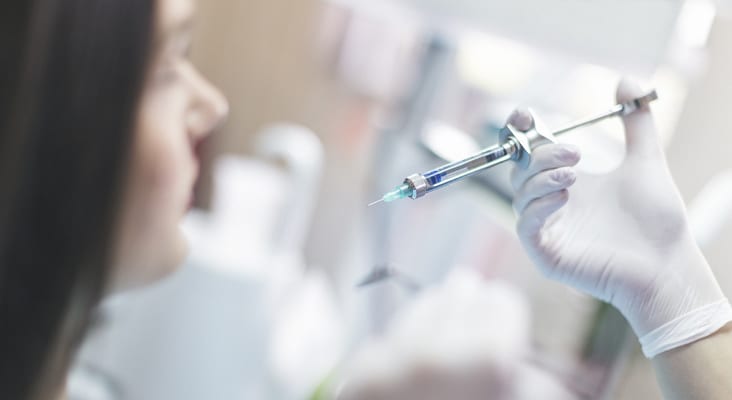 danchooalex / iStock / Getty Images Plus
danchooalex / iStock / Getty Images Plus
CCLAD devices offer rapid onset during administration of the periodontal ligament injection.
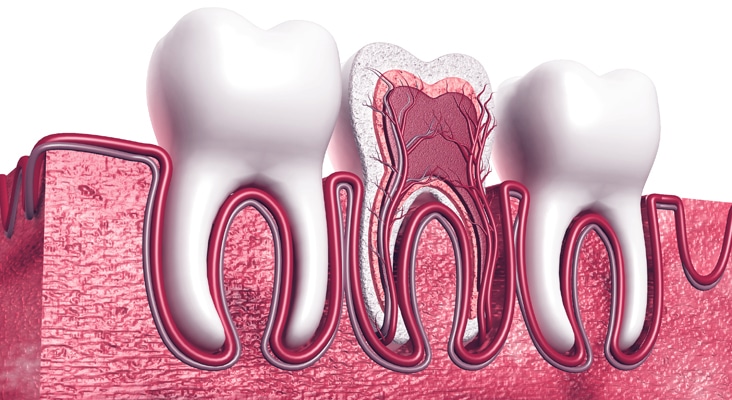 Mohammed Haneefa Nizamudeen/iStock / Getty Images Plus
Mohammed Haneefa Nizamudeen/iStock / Getty Images Plus
Fluid pressures are created when plungers are depressed to create a flow of anesthetic into the tissue.
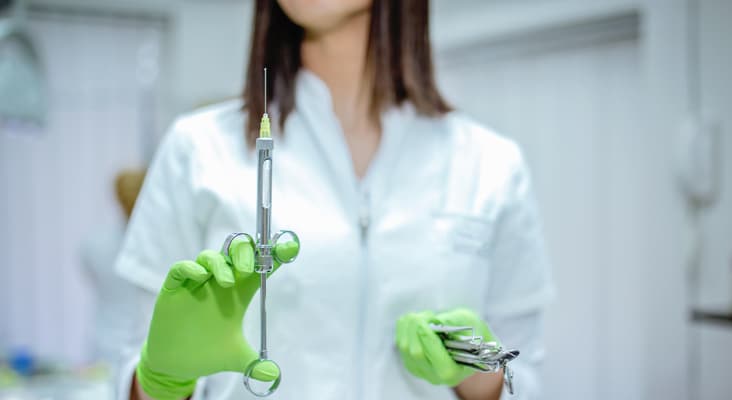 FluxFactory/E+
FluxFactory/E+
When considering the fluid dynamics of smaller diameter needles, injection pressures with 30 gauge needles are actually lower than with 27 gauge and 25 gauge needles.
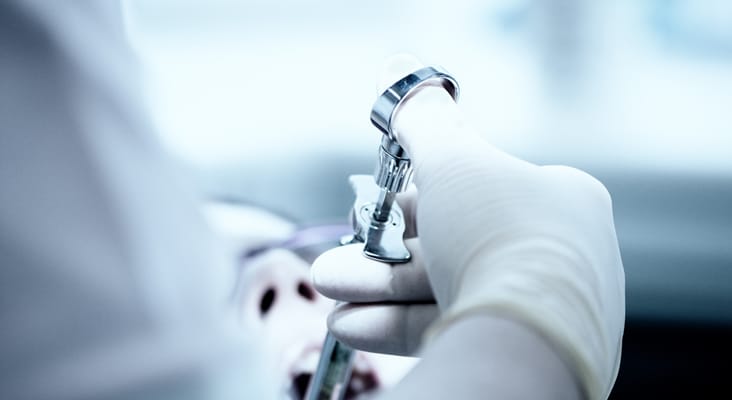 code6d/E+
code6d/E+
Research has demonstrated that tissue-specific flow rates and optimal pressure values are needed for safe and comfortable injections.
 photodeti/iStock / Getty Images Plus
photodeti/iStock / Getty Images Plus
The three basic tissue classifications—type 1, type 2, and type 3—are based on compliance (or distensibility).
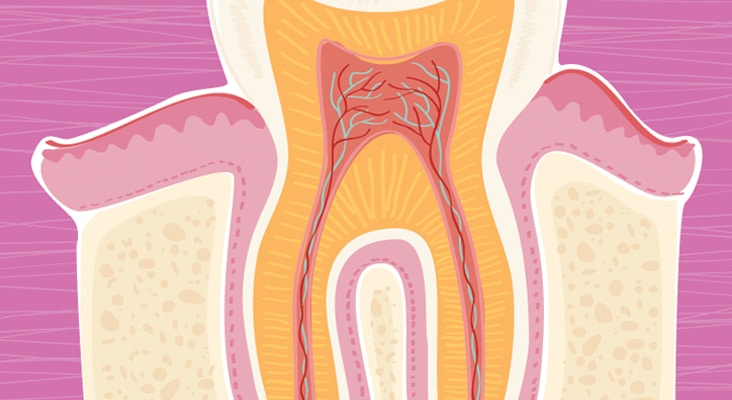 friztin/iStock / Getty Images Plus
friztin/iStock / Getty Images Plus
The type 1 tissue classification refers to which type of tissue?
 XiXinXing/iStock / Getty Images Plus
XiXinXing/iStock / Getty Images Plus
Share your Results:


Comments are closed.